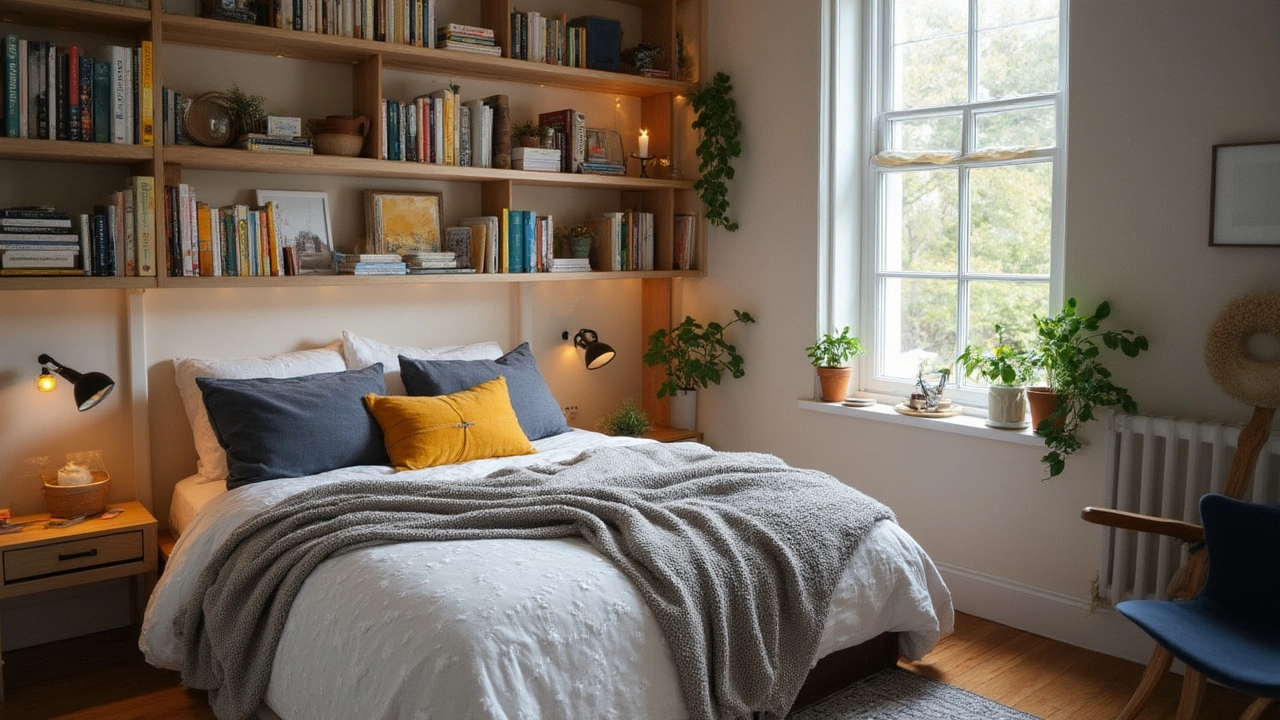Bookcase Placement: Practical Tips for Every Room
Choosing where to put a bookcase can feel like a puzzle, but it doesn’t have to be. A well‑placed shelf adds storage, showcases décor, and even shapes how a room feels. Below are easy steps you can follow to find the perfect spot without overthinking it.
Start with the Room’s Purpose
Look at what you do in the space. If the room is a living room, the bookcase should support conversation – place it near a sofa or armchair so guests can grab a magazine or a coffee table book. In a home office, put the shelf close to the desk to keep files and reference books within arm’s reach. The key is to let the shelf serve the room’s main activity.
Mind the Wall Space and Height
Measure the wall first. A tall bookcase works great on a blank wall that otherwise feels empty. It draws the eye upward and makes high ceilings feel cozier. For shorter walls, go low and wide; a low unit can double as a display surface for plants or photos. Make sure there’s at least a few inches of breathing room on each side so the shelf doesn’t look cramped.
When the ceiling is low, don’t force a towering unit. A 4‑foot‑high shelf will dominate the room and make it feel smaller. Instead, pick a piece that stops at eye level and use the top for decorative items rather than more books.
Consider Traffic Flow
Walkways should stay clear. Leave at least 30‑inches of space in front of a bookcase so people can move past it without squeezing. If the shelf sits near a doorway, make sure the door can open fully without hitting the unit. A good rule of thumb: imagine a person walking with a coffee mug – the path should be smooth and uninterrupted.
In small apartments, a bookcase can double as a room divider. Place it halfway across the room to separate a lounging area from a workspace, but keep the back open so light can still flow.
Use the Shelf for Visual Balance
Balance isn’t just about symmetry; it’s about feeling right. If you have a large sofa on one side of the room, a bookcase on the opposite wall can weight the space evenly. Pair the shelf with a matching side table or a tall plant to spread visual interest across the room.
Mix vertical and horizontal lines. For example, place a tall bookcase next to a low couch, then add a narrow console table on the shelf’s top. The contrast keeps the room lively without feeling chaotic.
Style Tips That Work Everywhere
Leave some empty space on each shelf – a neat row of books looks better than a cramped pile. Add a few decorative objects like candles, picture frames, or a small sculpture to break up the monotony. Try arranging books by color or size for a curated look.
If you have kids, keep the lower shelves open for toys and use higher shelves for adult books. This simple zoning makes the shelf functional for everyone.
Finally, think about lighting. A floor lamp or a wall‑mounted sconce above the bookcase adds warmth and makes reading easier. LED strips along the back of the shelf give a modern glow without extra heat.
With these straightforward ideas, you can place any bookcase confidently. Whether you’re working with a tiny flat or a spacious loft, the right placement turns a simple shelf into a centerpiece that organizes, decorates, and improves how the room feels.
Best Spots to Place a Bookcase in a Small Bedroom: Space-Saving Tips
Struggling with small bedroom storage? Find clever, practical tips and proven ideas for bookcase placement that won’t cramp your style or waste precious space.
More
